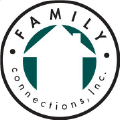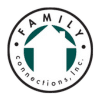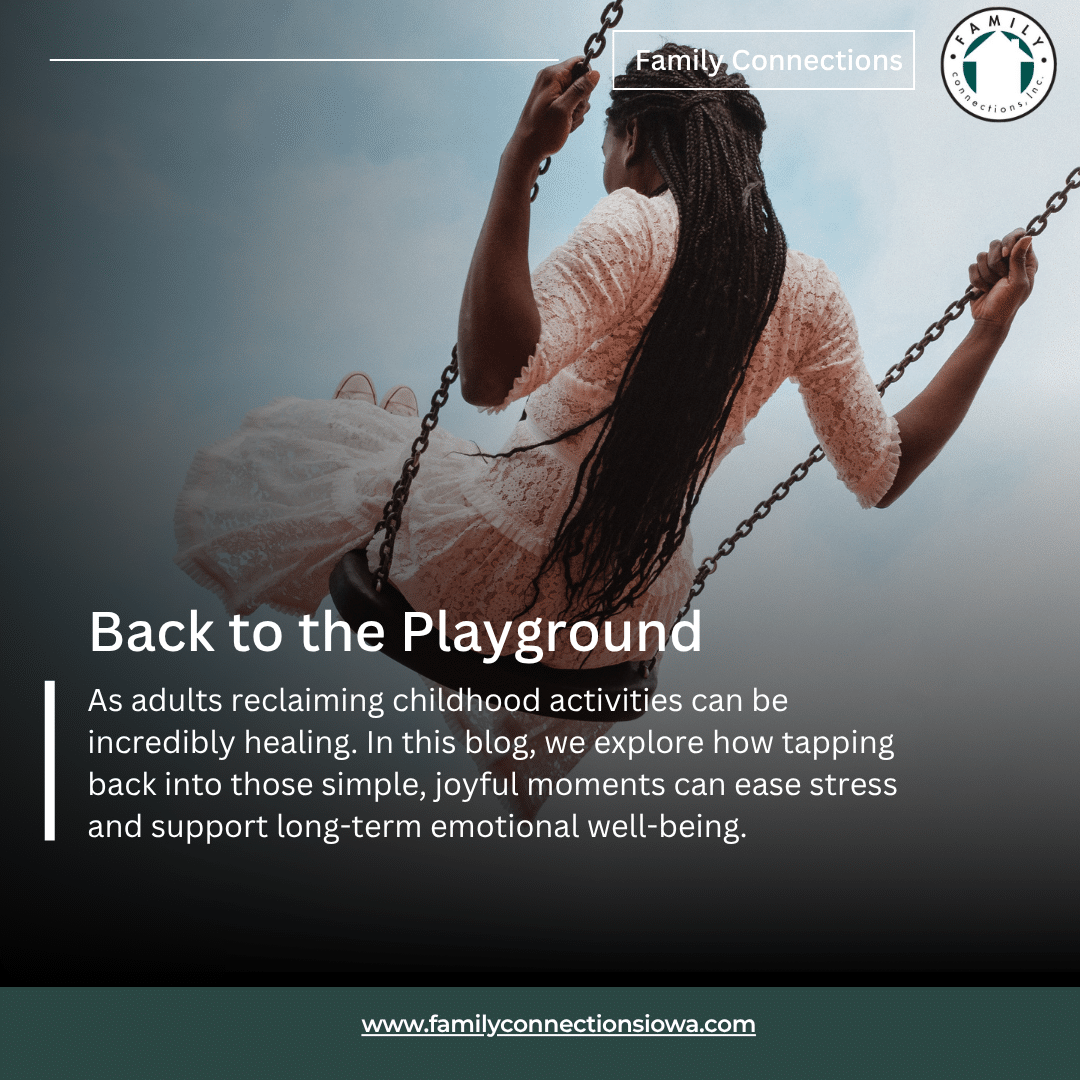When was the last time you did something just for fun—no goal, no productivity, no judgment?
For many of us, childhood was filled with activities that made us light up: running barefoot in the grass, building pillow forts, riding bikes until the streetlights came on. But as we grow up, those playful habits tend to fade, replaced by responsibilities, structure and the weight of being “grown up.” What if part of healing isn’t about adding more complexity but about revisiting the joyful simplicity we once knew?
Play Is Not Just for Kids
Studies in psychology show that play isn’t just for children—it’s a lifelong tool for emotional regulation, creativity,and connection. Engaging in play as an adult lowers stress hormones, boosts mood and increases mental flexibility. Whether it’s a game of hopscotch with your kids, doodling in a notebook or singing at the top of your lungs on a solo drive, moments of unstructured joy allow your nervous system to rest and recalibrate.
Healing the Inner Child
Many people carry unmet needs or emotional wounds from childhood into adulthood. Reconnecting with the activities you once loved without shame or self-consciousness can offer a sense of safety, comfort and even closure. It’s a way of saying to your younger self, I see you, and I still value your joy.
Try asking yourself: What did I love doing as a child? What made me feel most alive, free or safe? Reintroducing even small versions of those things into your daily life can be deeply nurturing.
Permission to Be Silly
In a world that often rewards hustle, seriousness and efficiency, giving yourself permission to be silly is an act of rebellion and self-care. Laughter, movement and spontaneity release pent-up energy and help break the mental cycles of stress or anxiety. Whether you dance in the kitchen, skip down the sidewalk or belt out a cartoon theme song, those moments aren’t childish—they’re deeply human.
How to Bring the Playground Back
You don’t need a swing set or jungle gym to reclaim your inner playground. Try these simple ideas:
- Blow bubbles on your porch
- Color in a coloring book
- Finger paint with your kids
- Play with Legos
- Watch your favorite childhood cartoon
- Jump rope or hula hoop
- Make a blanket fort and read inside
- Play a silly board game with friends
These aren’t just distractions—they’re tools for regulation, joy and reconnection.
Final Thoughts
Your inner child is still there, waiting patiently for a chance to play. Returning to the carefree joys of childhood isn’t about avoiding adulthood—it’s about creating balance. When we make space for lightness, creativity and play, we give ourselves permission to heal, grow and feel fully alive again.
So go ahead—grab some chalk, kick off your shoes and head back to the playground. Your mental health will thank you.








